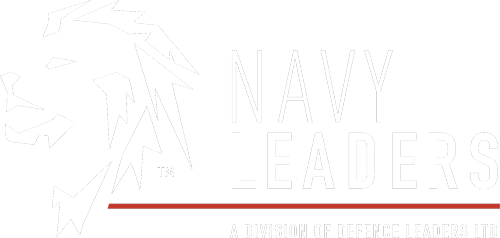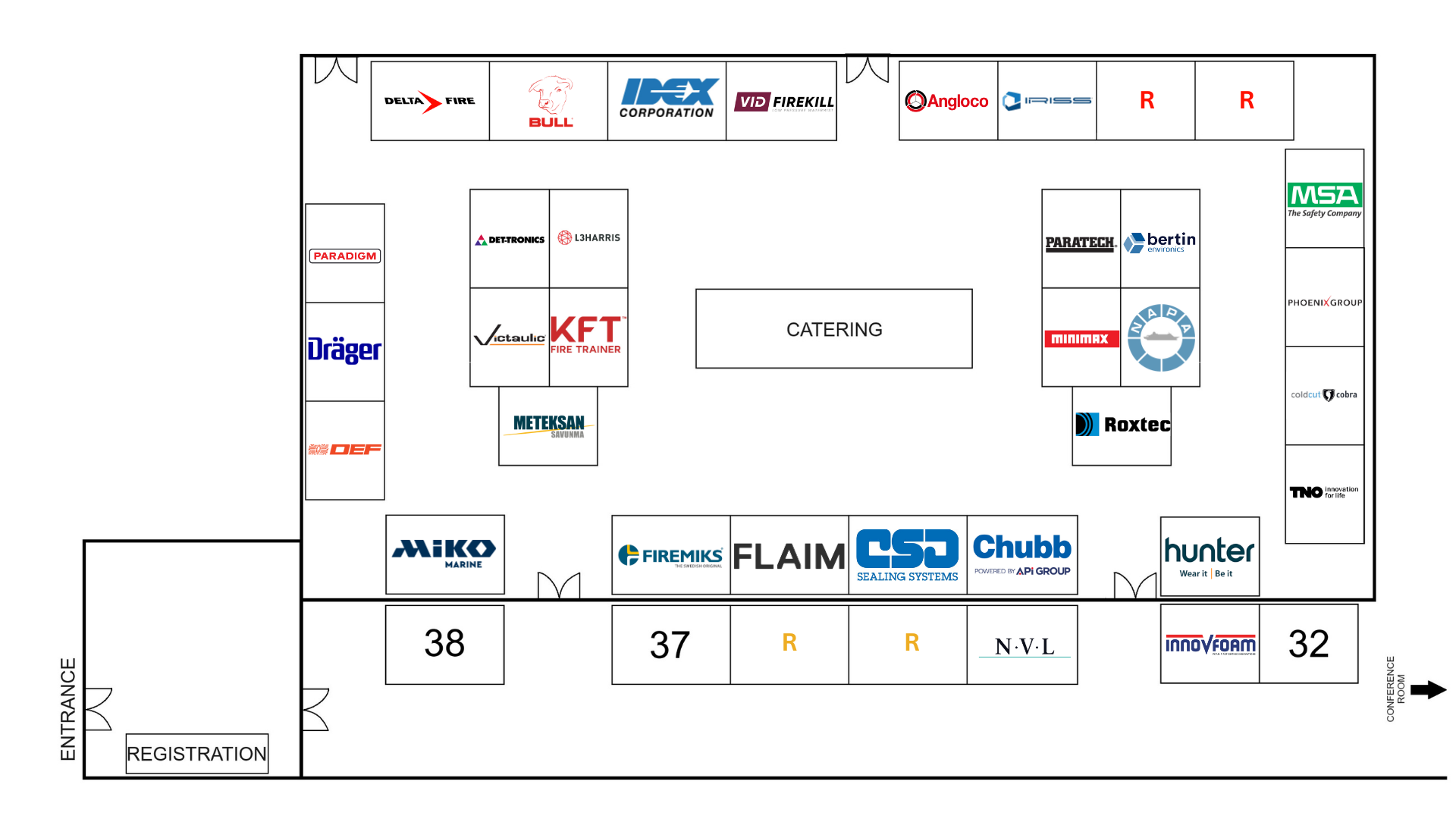Attendees
Naval Damage Control
Naval Damage Control returns to Southampton over the 30th Sept - 2nd Oct 2025 for the 9th Iteration of the event.
Naval Damage Control is the only dedicated firefighting and damage control conference in the world and this is set to be the best meeting yet. There will be focus on case studies, innovative technologies, enhancing training in damage control, firefighting and survivability. Audience members will consist of active duty personnel, civilian specialists, damage control schools, naval engineering teams, ship builders, maritime fire teams, first responders and industry partners to enable delegates to discuss and network with peers from all over the globe. The priority will be to discuss damage control best practices and how industry and militaries can come together to find solutions to current and potential future key issues.

Want to Exhibit? CONTACT US
.png)
.png)
Event Brochure
Our Naval Damage Control 2025 event agenda is currently in production and will be available in Summer 2025.
Over 125 naval damage control experts joined our plenary keynotes in 2025.
.png)
Register your interest
There are numerous ways to get involved at NDC 2024.
Speaking - Present a session as a thought leader in the community.
Private Briefing - Host an invited audience for 90 minutes addressing a topic of your choice.
Exhibition - Your own dedicated demonstration and meeting point at the event.
Branding - We have multiple opportunities to raise your brand awareness at the event.

Visiting
Discover new solutions, keep track of the most important industry updates and build new relationships.
Meet 30+ exhibitors at Naval Damage Control to help you optimise your ticketing systems.
Exhibiting
Launch a product, share a case study or showcase your solutions at your exhibition stand. Find out how you can engage our audience of end users, industries, and government from across the globe.
.png)


)
)
)
)
)
)
)
.png/fit-in/500x9999/filters:no_upscale())
)
)
)
)
)
)
)
)
)
)
)
)
)
)
)
)
)
)
)
)
.jpg/fit-in/500x9999/filters:no_upscale())
)
)
)
)
)
